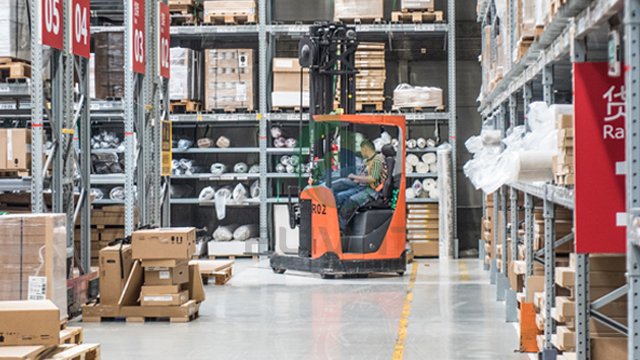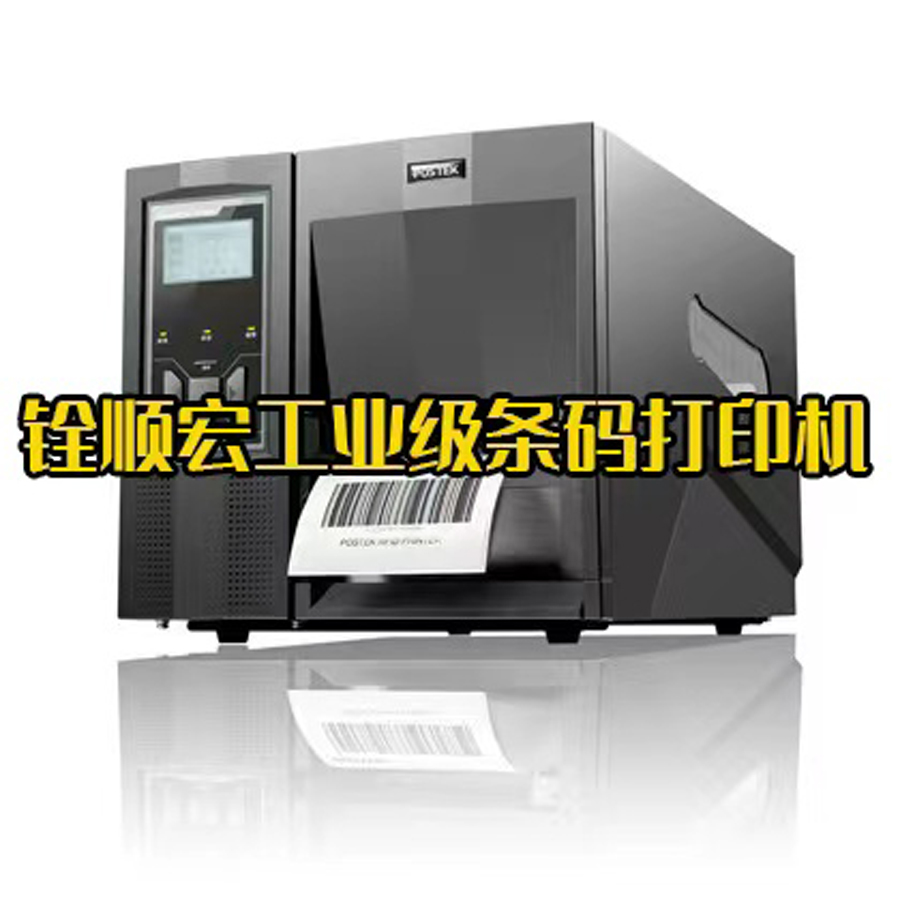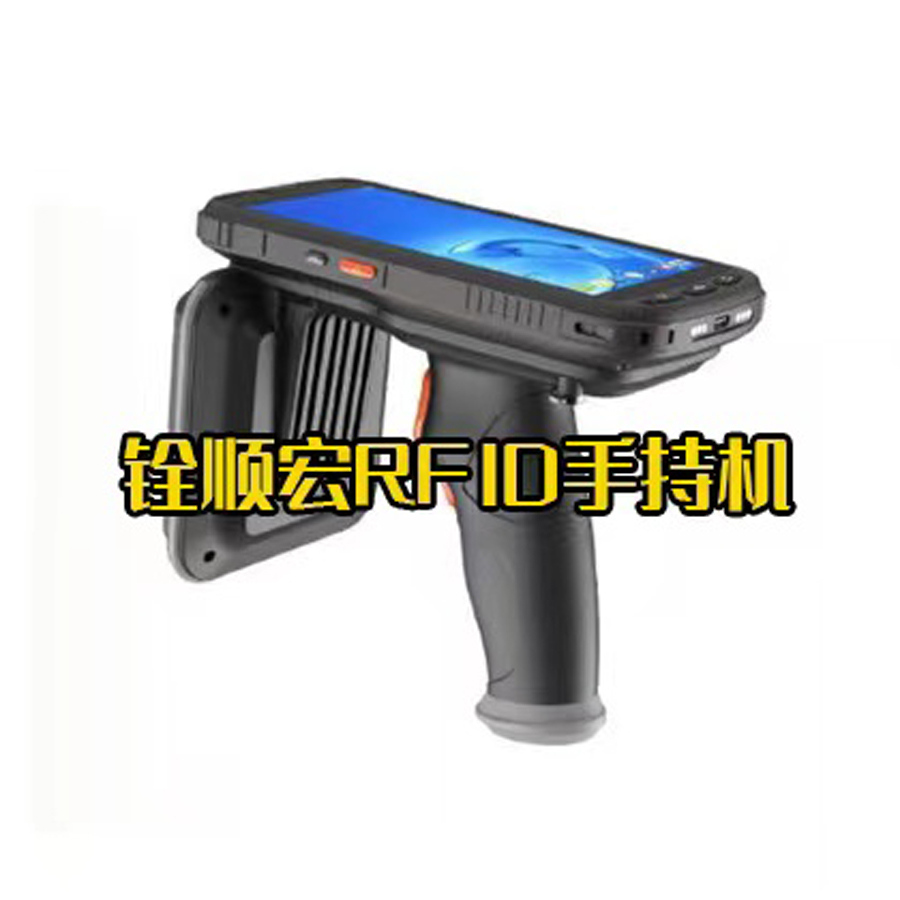1. Industry status
In the current logistics and warehousing industry, considering that barcode coding is limited, and it can only identify a certain type of products, but cannot confirm specific products in the same type of products. EPC barcode technology can further improve the level of logistics supply chain management and reduce costs, and can realize the identification and tracking of all physical objects (including retail commodities, logistics units, containers, freight packaging, etc.). EPC is one of the application fields of RFID technology, and only specific RFID tags are suitable for EPC systems.
As one of the most promising information technologies in this century, RFID technology has been highly valued by the global industry. Wal-Mart, the largest retail giant in the United States, announced in March 2004 that its 100 major suppliers must use RFID tags before 2005, thus driving the RFID warehouse management of RFID technology in global logistics, anti-counterfeiting, public safety, etc. application. At the end of 2005, Walmart released a survey report on the impact of RFID on the supply chain made by the University of Arkansas. The results of the survey showed that after using RFID technology, the product out-of-stock rate was reduced by 16%; 3 times faster when barcoding; manual ordering rate is also reduced by 10%.

How to achieve breakthrough progress in production management? As the world's leading RFID equipment manufacturer, ThingMagic can ensure stability and accuracy. Its core products have a reading speed of 750 tags per second, a powerful multi-tag anti-collision algorithm, high-speed information reading and processing power. Shenzhen Quan Shunhong, as the general agent of ThingMagic in China, insists on providing professional technical support and serving every customer and user attentively.
2. The main function of RFID
2.1 ERP integration function
1) Realize that the material voucher information in the sales link is directly related to the electronic label information.
2) The electronic label information can be directly entered into the ERP corresponding material management documents to realize data integration and association.
3) Realize that the ERP system can manage and maintain labeled commodities, and can realize the whole process information query of commodity inventory status, sales process or distribution process according to the label.
2.2 RFID automatic identification function
The main core component of an RFID tag is an electronic chip that stores information that can identify the target. RFID tags have the characteristics of persistence, strong penetration of information reception and transmission, large storage information capacity, and many types. Some RFID tags support read and write functions, and the information of the target object can be updated at any time.
Mainly include: RFID electronic tags, readers, data transmission, processing systems and background databases. The data on the RFID electronic tag is sent in the form of radio frequency/radio waves. The reader receives the read data by receiving the radio waves sent by the tag, and transfers the data to the database. The control computer can process the data and perform control and management.
2.3 RFID card pickup function
1) Realize the delivery function of the fleet by card in the delivery link.
2) Realize the functions of RFID card billing by card and card verification.
3) Realize the function of RFID card inquiring goods by card, and realize inquiring electronic label commodity details by picking up card.
3. Adoption of RFID will bring the following improvements to the supply chain
3.1 Inventory minimization
Just-in-time retailing reduces inventory levels in the retail sector and increases the pressure on individual businesses in the manufacturing and distribution sectors to meet retailer-specific requirements in a shorter period of time. So distributors will keep increasing buffer stocks to meet their specific needs. To get more accurate new information can improve the visibility of the supply chain, and can effectively reduce the size of buffer stocks.
3.2 Automation
During the entire operation process, products are often circulated in multiple warehouses. Once RFID technology is used, the location of the products can be determined when entering and exiting the warehouse, and then the products can be placed in a reasonable location in the warehouse. Prepare for transportation. If the incoming product is delayed or sent to the wrong warehouse, it must be marked and restarted and sent to the correct location as required. All the above tasks require manual intervention, which will inevitably enhance the flow accuracy of the product supply chain. At the same time, the flow time is reduced.
3.3 Optimize warehouse space
The application of RFID technology can reasonably improve the warehouse space application, and it does not need to be in the line of sight at all. Enterprises only need to choose the most efficient way to store according to the size and shape of the product. At the same time, warehouse managers can also use handheld devices to determine the location of products, which can enhance the efficiency of positioning and packaging, and reduce the time and effort retailers spend on inventory.
3.4 Commodity Tracking
When products are to be tracked in real time, it is imperative to improve service opportunities for customers throughout the supply chain. And then realize the manufacture and retail of products, and make strategic decisions with a full understanding of the supply of goods. Nowadays, many logistics companies operate services through the Internet, such as using the Internet to track the operation of parcels, so as to gain a large market share. This ensures that information is shared across the supply chain, increasing efficiency and enhancing customer loyalty.
3.5 Ensure the safety of the transportation process and reduce the loss of goods
In the event of theft and loss of products, there is bound to be a shortage of products. If the loss rate of most identified products in a retail environment can account for a maximum of 1% of the inventory, this loss is a huge loss to profits, so it is necessary to reduce the loss and Theft data, ensuring its accuracy, can also be used as an anti-theft system in a retail environment.
4. Application of RFID technology in production enterprises
4.1 Comparative Analysis of Traditional Business and Information System
The traditional identification technologies and methods represented by barcodes have many limitations: information identification is static; information identification is contact; information capacity is limited; each storage and transportation unit cannot be given a unique identity; data storage, calculation is concentrated and so on. Although two-dimensional barcodes solve the problem of information identification capacity, barcodes can only be applied to the field of circulation (information management of business flow and logistics), and cannot be transparently tracked and run through the supply chain process. As we all know, when identifying a barcode, the scanner must be aimed at the barcode, and only the barcode can be read at a time. For the company's production warehouse with a large number of incoming and outgoing shipments every day, this workload is huge, and it also limits the further improvement of efficiency to a certain extent. Compared with other automatic identification technologies, RFID identification system has the characteristics of no contact, high degree of automation, durability and reliability, fast identification speed, adaptability to various working environments, and can realize high-speed and multi-tag simultaneous identification, etc. It is more extensive than other identification technologies. Applications such as supply chain management, access control security systems, logistics systems, cargo tracking systems, electronic payments, production line automation, item monitoring, vehicle monitoring, etc. Therefore, compared with barcodes, RFID has great technical advantages. It is predicted that RFID will be the most widely used automatic identification technology.
4.2 Refinement of data flow management
In the traditional production and circulation process, documents are an indispensable part, but in today's large-scale production environment, the processing of a large number of documents will not only reduce efficiency and increase labor costs, but also often lead to various errors due to human factors. . The use of RFID system can convert "document flow" into "data flow", and use electronic means to transfer information to various links and departments, which is not only fast, but also has almost zero error rate. The implementation method is very simple, just add an electronic label with an RFID chip to the product, and set up a special read/write device in a specific place.
If the RFID label printing device is used, the wireless detection device is used for product in-out management to count the quantity; the storage location management function of the finished product warehouse can be established and refined, the warehouse turnover rate can be improved, and the accuracy of the inventory quantity can be ensured; it can be coordinated with the delivery to ensure the product Optimal inflow, preservation and outflow; improve delivery accuracy, reduce labor intensity and workload; provide auxiliary data support for production planning and job scheduling management; at the same time, significantly improve the accuracy of product customer traceability. Through the implementation of ERP-based RFID solutions, the integration of RFID-labeled products and ERP for inventory and sales management is realized, which not only realizes the refined management of products based on RFID tags, but also controls the inventory status and sales flow of products through the data flow of ERP. Complete management.

4.3 Analysis of RFID Process in Warehouses
1) Warehousing: Items with RFID electronic tags on the outer packaging enter the warehouse, and the identification system located at the entrance will record the warehousing information of the goods in the database.
2) The goods on the warehouse racks are all equipped with RFID tags, which is convenient to find the target accurately and quickly during delivery.
3) Through forklift RFID reader or hand-held RFID terminal , the management of goods on, off the shelf, inventory, receipt and delivery, etc. is carried out.

4) Outbound: The RFID identification system at the warehouse exit will automatically read the target information and generate an outbound list.
The application of RFID technology in the management of production enterprises, and strive to achieve breakthrough progress in the field of RFID common foundation and forward-looking, industrialization key technology and application key technology. It not only meets the requirements of enterprise production and storage management, and makes management more accurate and systematic, but also meets the goals of the 863 plan issued by the Ministry of Science and Technology of the People's Republic of China: that is, with enterprises as the main body, government, production, learning, research, Use a combined independent development model.

Shenzhen QuanShunhong Technology, as the leading RFID brand--ThingMagic agent, provides the whole series of ThingMagic products to major operators and integrators. Price, to provide our customers with world-class RFID equipment solutions and high-quality after-sales service. In cooperation with major operators and integrators, the company has successfully applied ThingMagic RFID equipment in various fields such as warehousing and logistics , file informatization , aviation and shipping , clothing retail , manufacturing , smart medical care , asset management , and anti- counterfeiting traceability . middle. From product selection, to solution design and system platform support, we provide users with comprehensive technical services that are easy to operate, highly stable, differentiated and innovative.
For more RFID products and solutions, please visit the company's official website ( https://www.fuwit.com.cn/ ), or online customer service ( 400-8331-258 ) for consultation
热品推荐